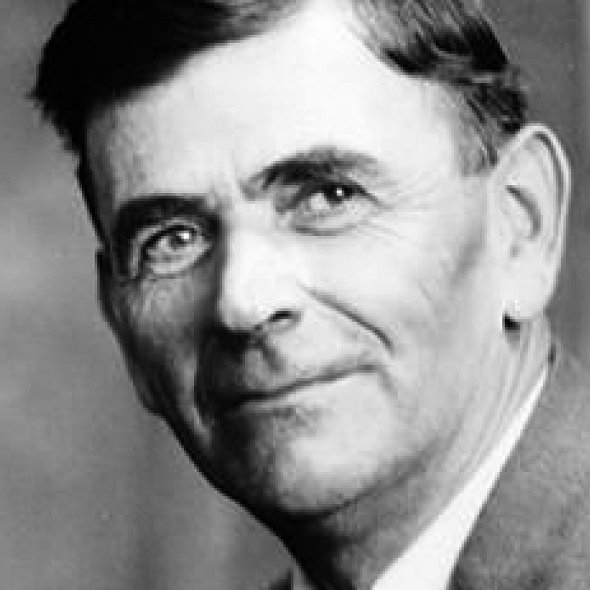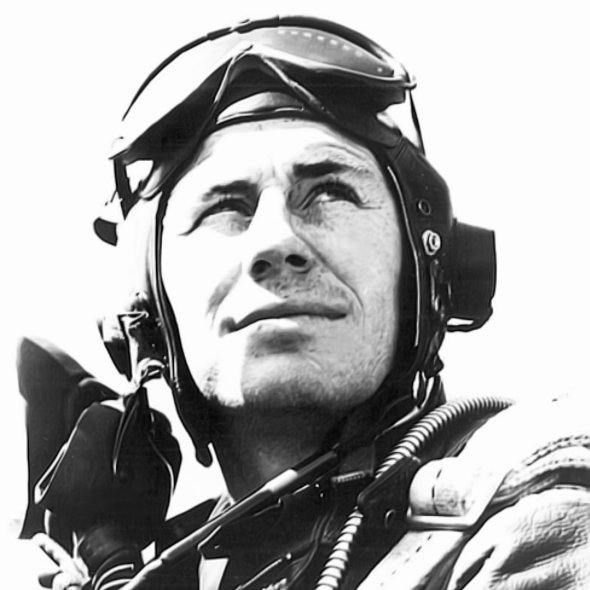During his tenure testing high-speed aircraft, Yeager solidified his place in history by setting numerous flight records. He achieved his most notable and historic accolade on October 14, 1947, when he exceeded 700 miles per hour and broke the sound barrier in a Bell X-1 rocket airplane that was dropped from the payload bay of a B-29 bomber. The X-1, similarly named Glamorous Glennis, is on display in the Smithsonian National Air and Space Museum. On December 12, 1953, Yeager went two- and-a-half times the speed of sound, or just under 2,000 miles per hour, in a Bell X-1A rocket craft, earning him the nickname “fastest man alive.”
Yeager became part of Charleston folklore in 1948 when re reportedly flew a Lockheed P-80 Shooting Star jet down the Kanawha River and under the South Side Bridge during a boat racing event. Although many visitors, boaters and media folks witnessed the event, it was never officially reported and thus remains one of the Charleston’s greatest legends.
Yeager’s illustrious military career as a “double ace” included 13 confirmed kills and the destruction of five German planes in a single 1944 mission, over 19,000 total flight hours, and his historic sound barrier accomplishments. While his accomplishments and accolades speak for themselves, his nicknames of “guy with the right stuff” and “Mr. Supersonic” add to the aura surrounding his legacy.
Yeager became well-known in the aerospace world for his calm demeanor and relaxed, monotone voice during his combat missions and test flights. Whether dodging bullets in a dogfight or going faster than the speed of sound, Yeager was able to self-regulate his internal state in the face of external chaos. During his X-1 training flights, Yeager’s controls went out as he approached .94 Mach, just under the speed of sound. According to the account by Shannon White, Yeager, “always cool- headed in such situations, turned off the plane’s rockets to slow down and jettisoned the remaining fuel. He glided back in to the lakebed and explained what had happened.” Pilots to this day study and attempt to emulate his distinct voice and calm intonation when they communicate over airspace.
In his latter years, his aviation adventures continued when he became the commander of the Aerospace Research Pilot School at Edwards Air Force Base, California, in 1962. In 1968, he became a brigadier general and in 1971 was assigned as U.S. defense representative to Pakistan before retiring from the military in 1975.
The swift hand of time did little to slow Yeager down—on the 50th anniversary of his historic X-1 flight, he broke the sound barrier again in an F-15D Eagle fighter jet. On the 65th anniversary in 2012, in an even more unbelievable display, Yeager did it one more time in an F-15 Eagle at 89 years of age. Yeager remains in high demand as a public event speaker and as an advisor on military and aeronautic interests.
Yeager achieved international fame as one of the central topics in Tom Wolfe’s famous 1979 aviation book The Right Stuff, to which a movie of the same name was adapted. He is honored by the Yeager Airport in Charleston and the nearby Yeager Bridge on the West Virginia Turnpike, along with the Yeager Scholars, an academic program for outstanding students at Marshall University.










